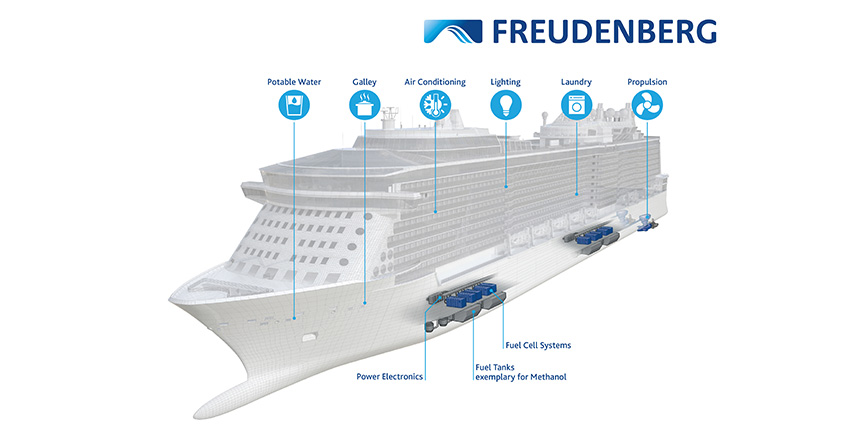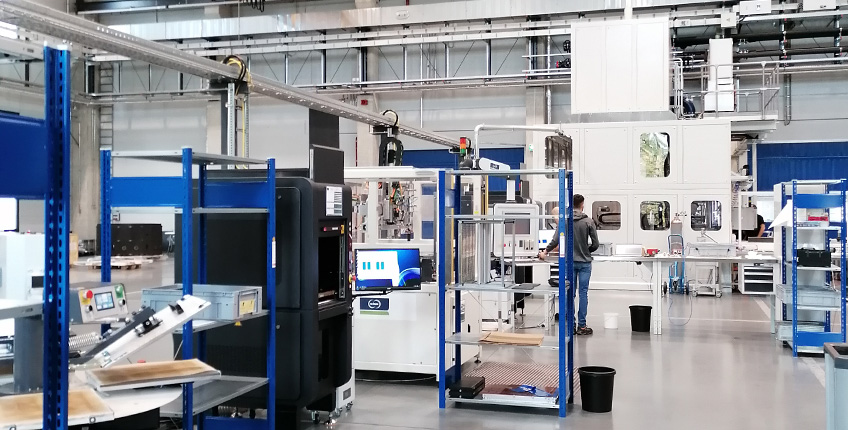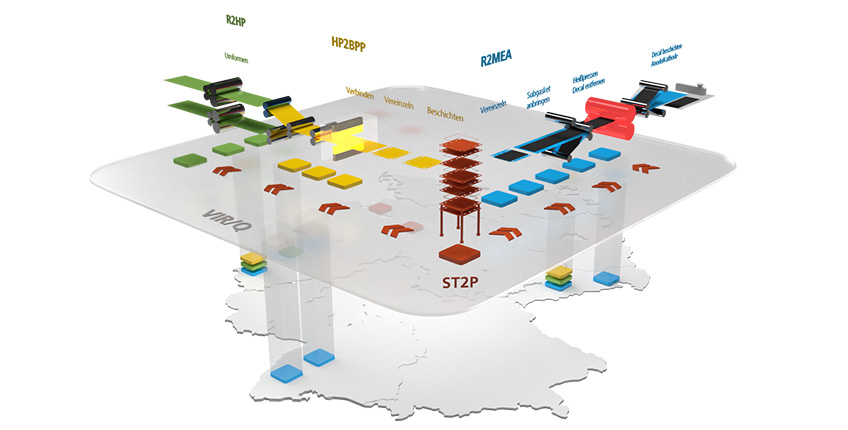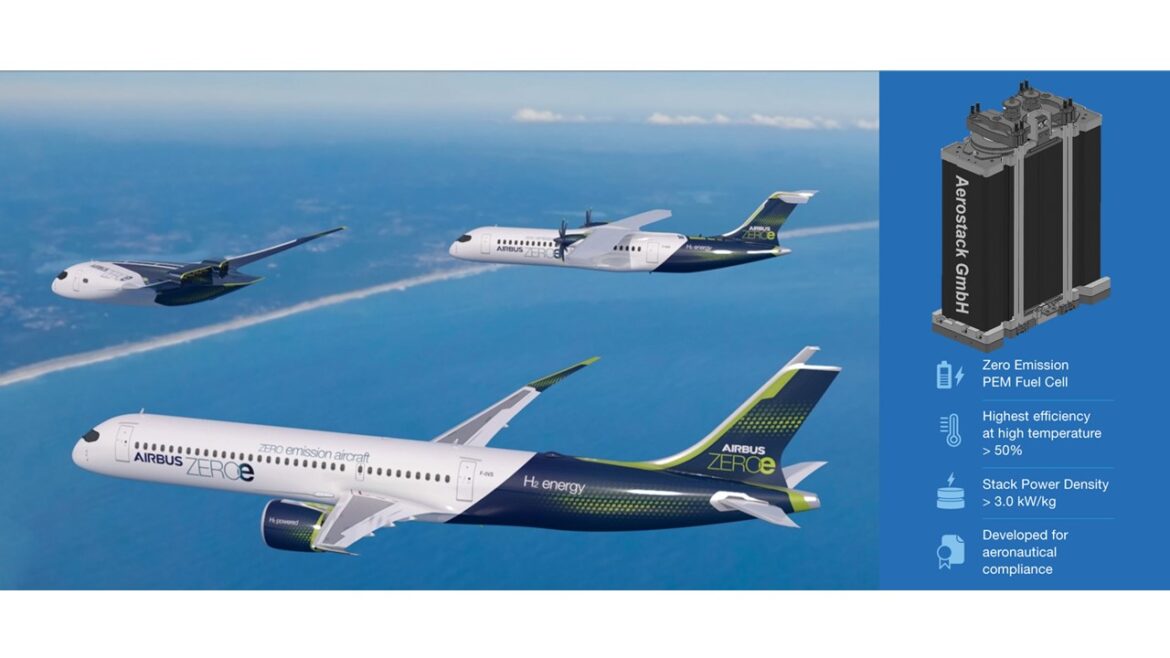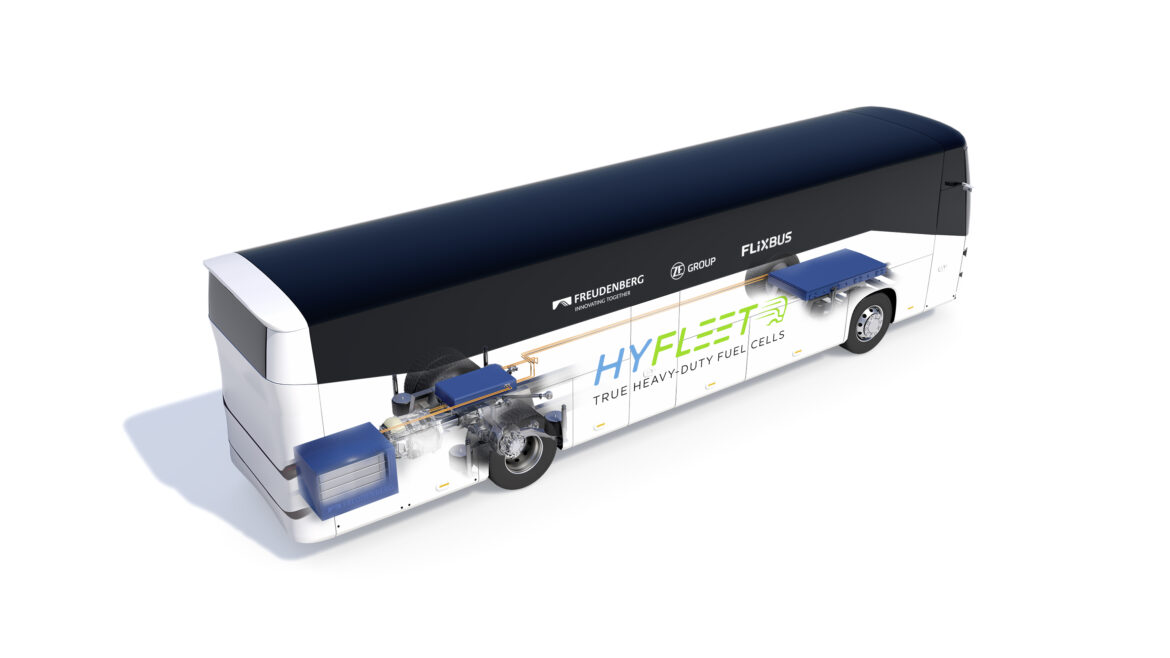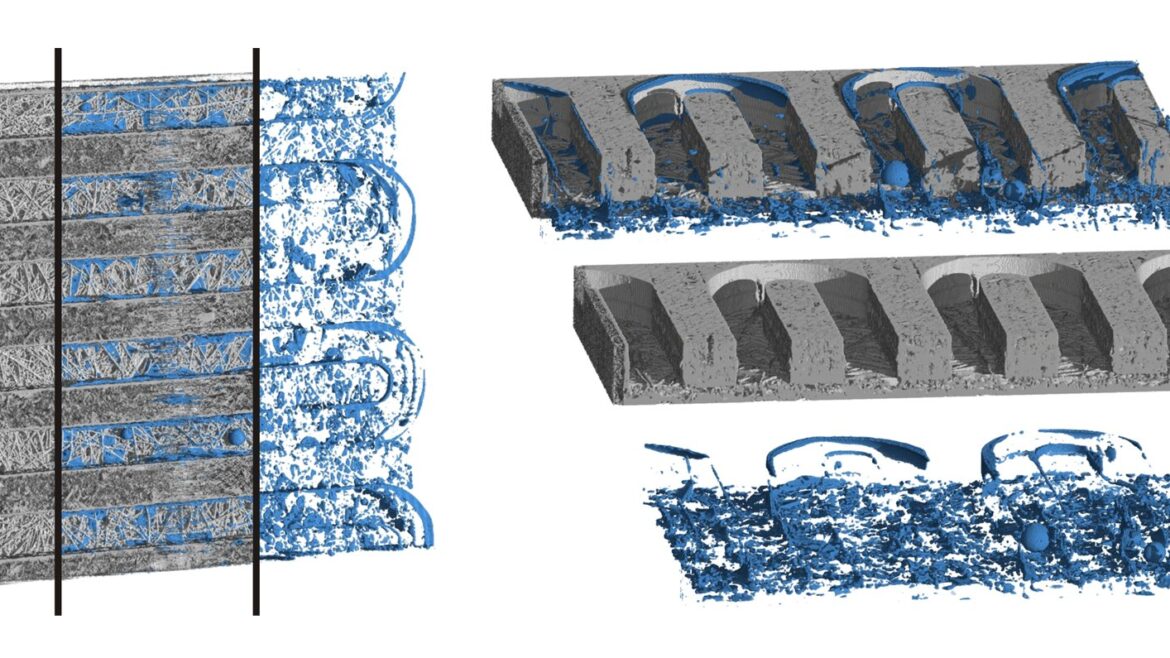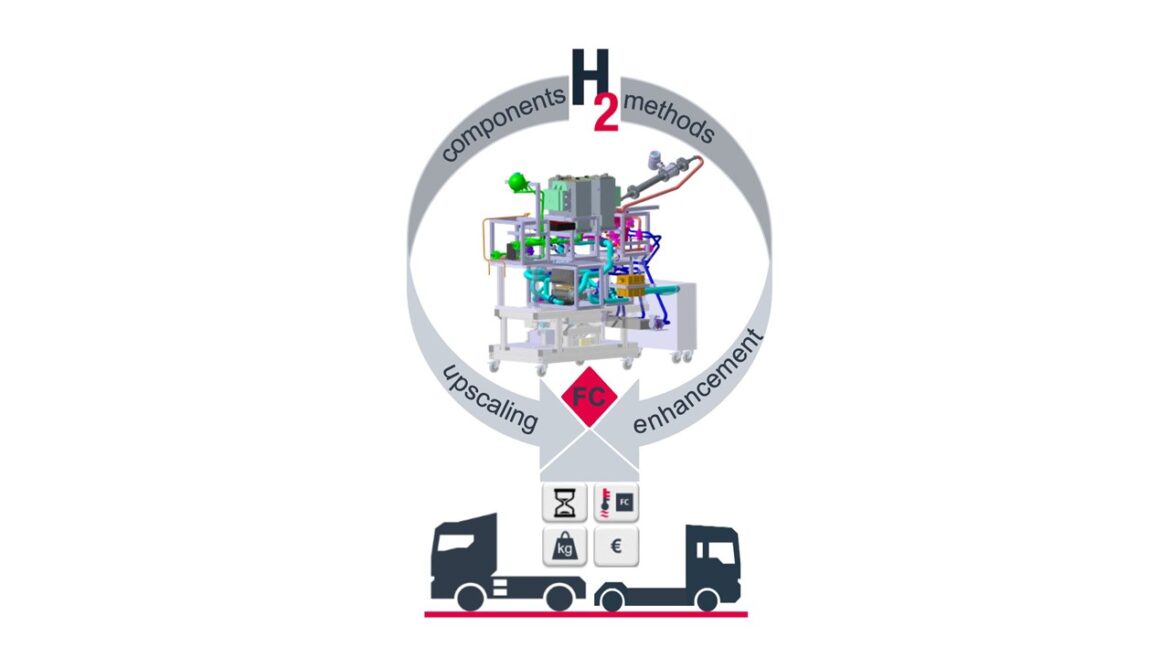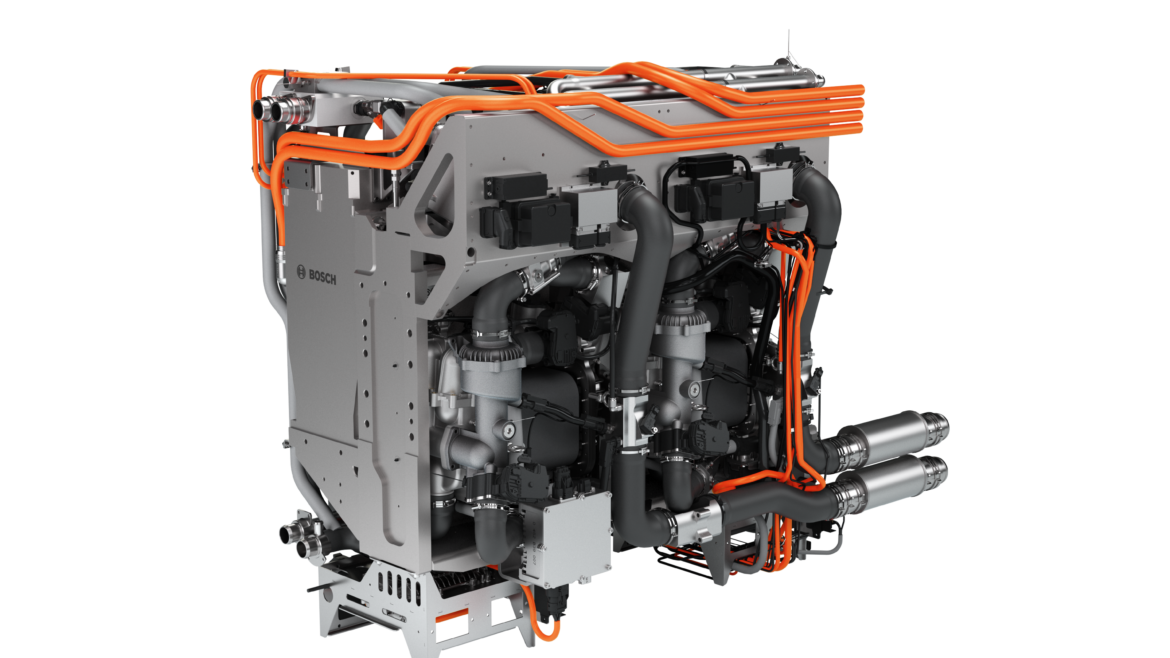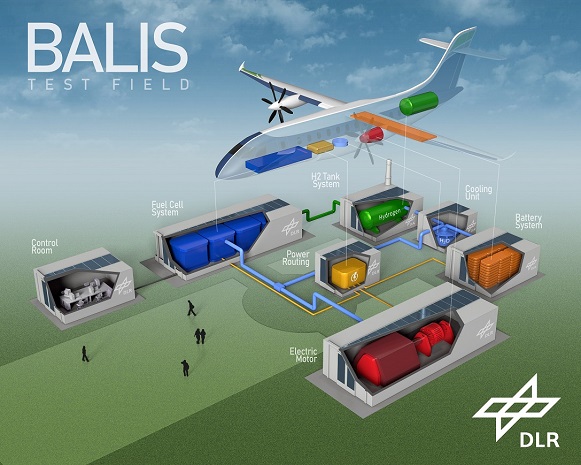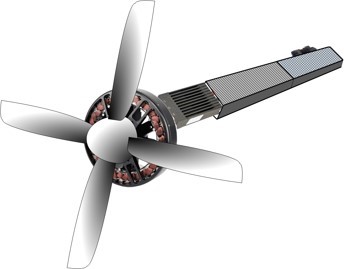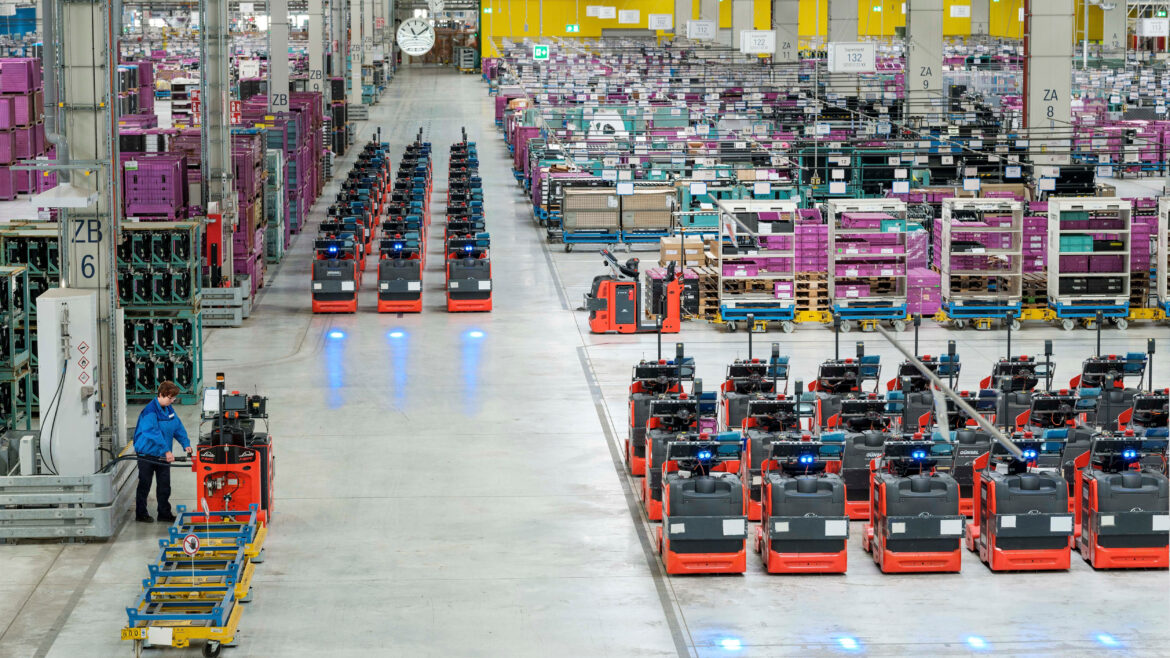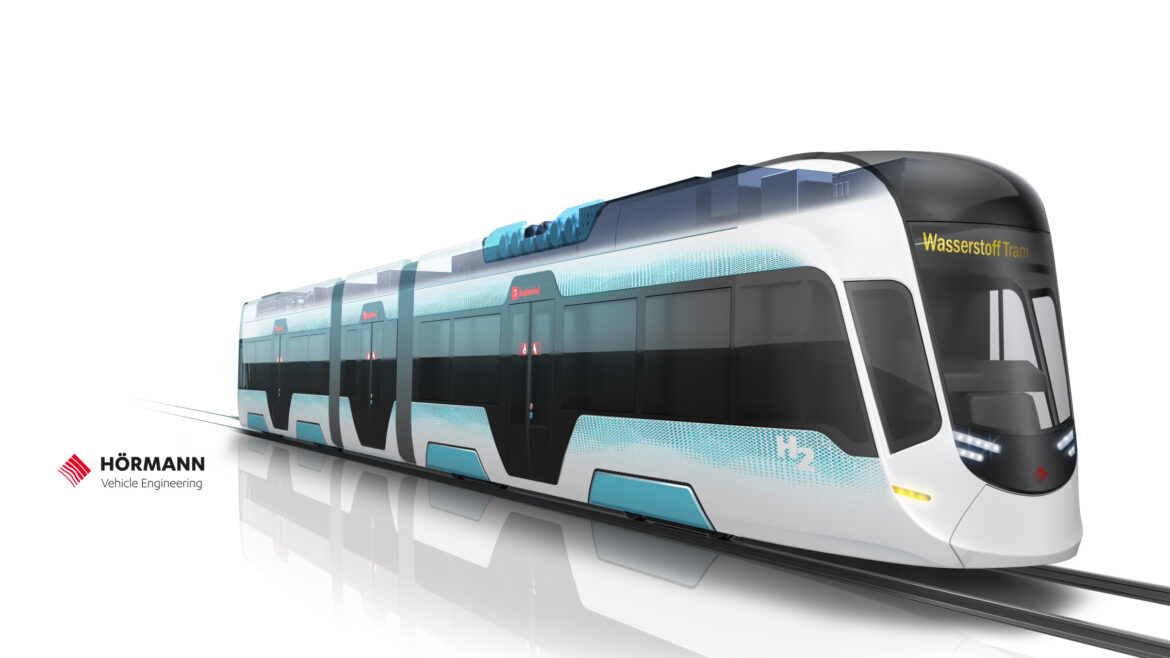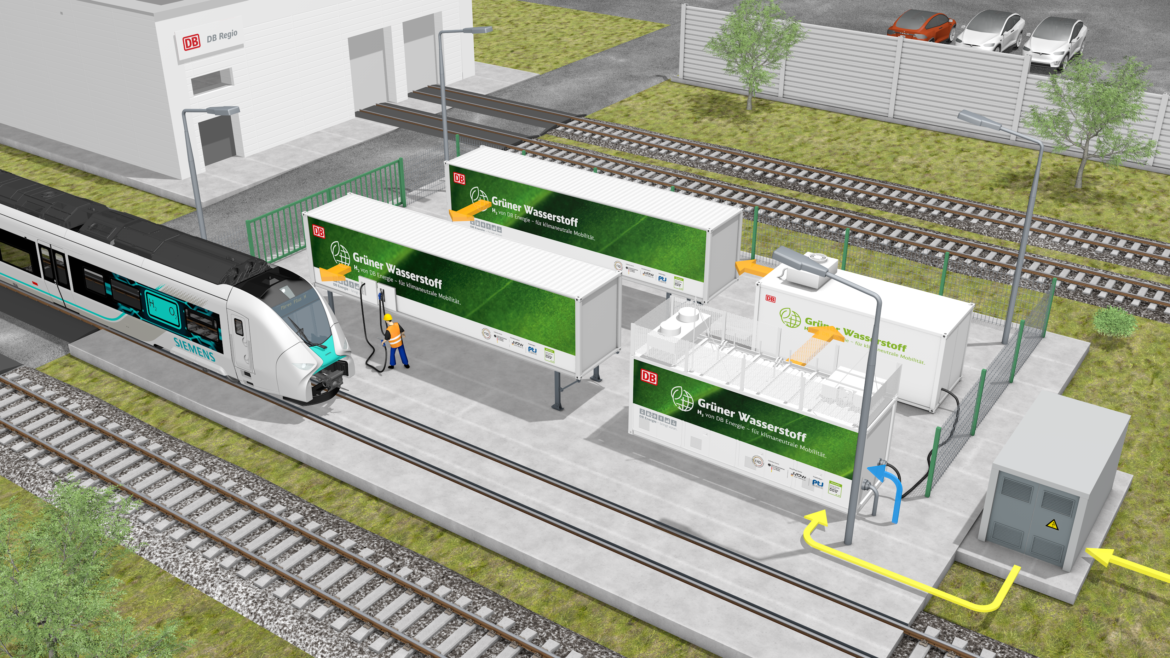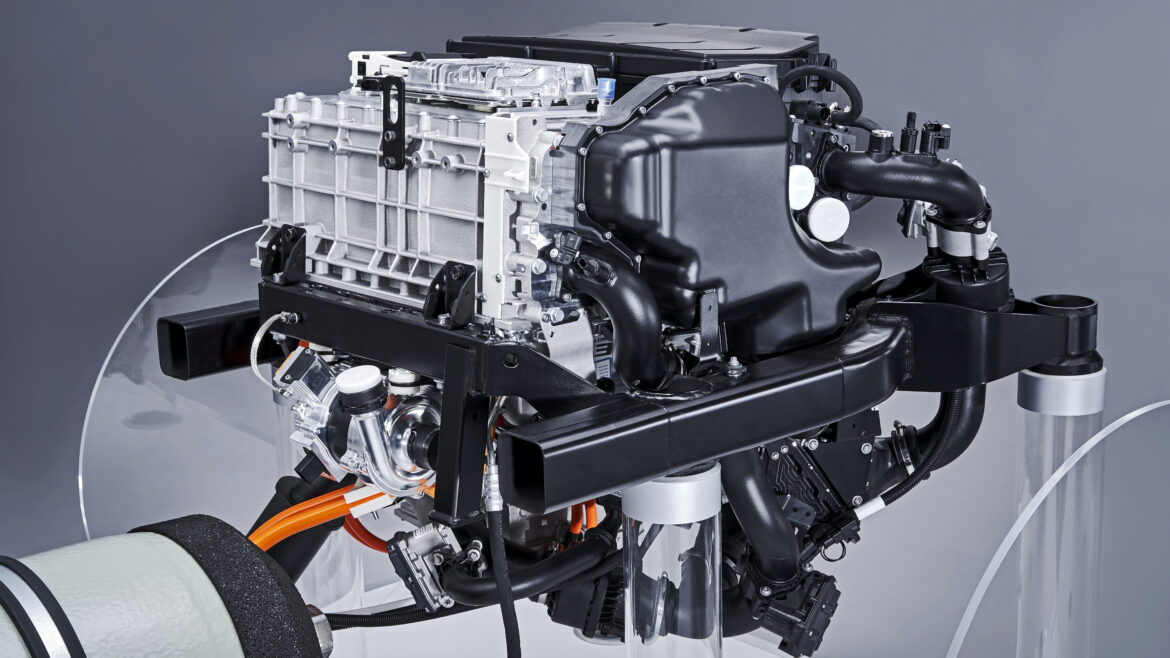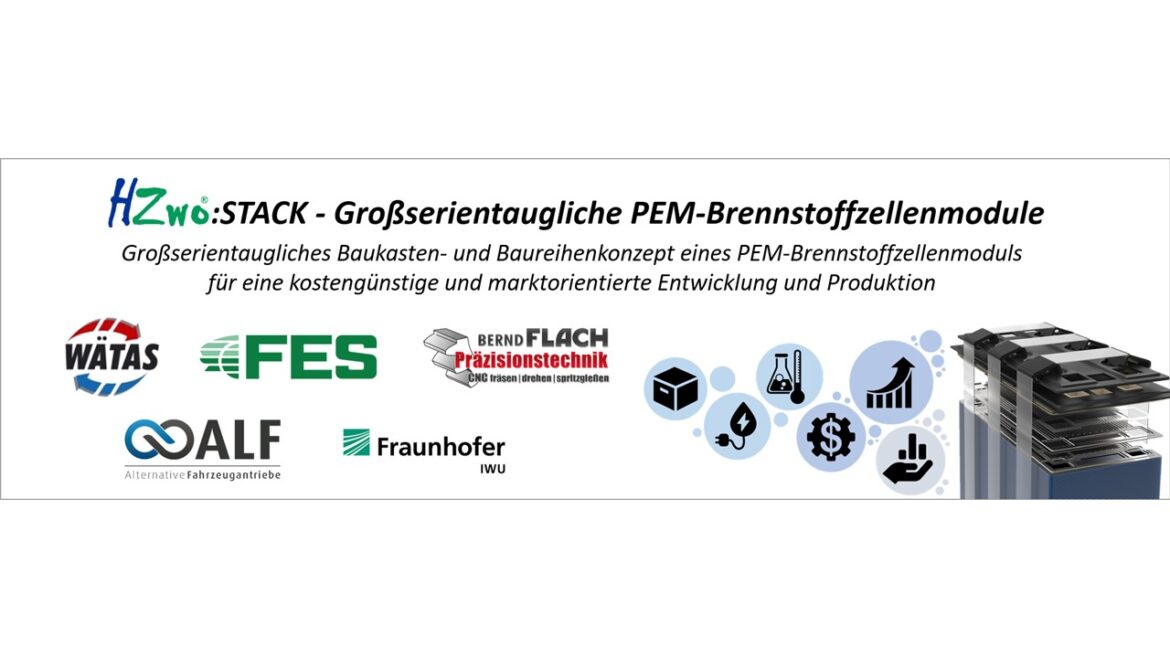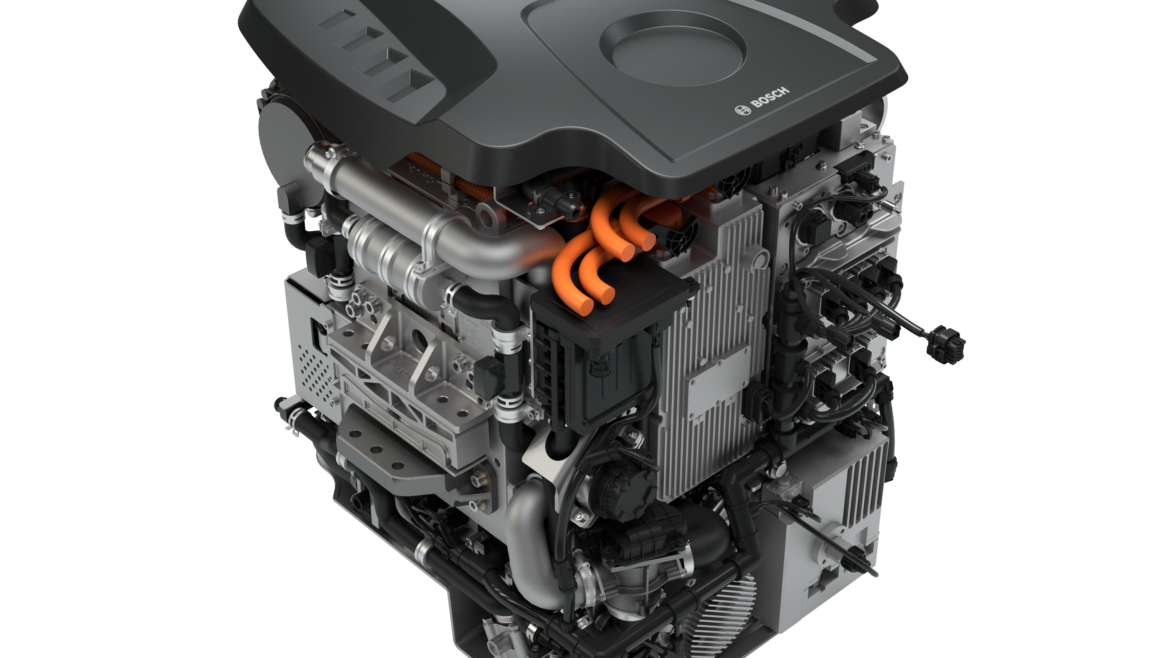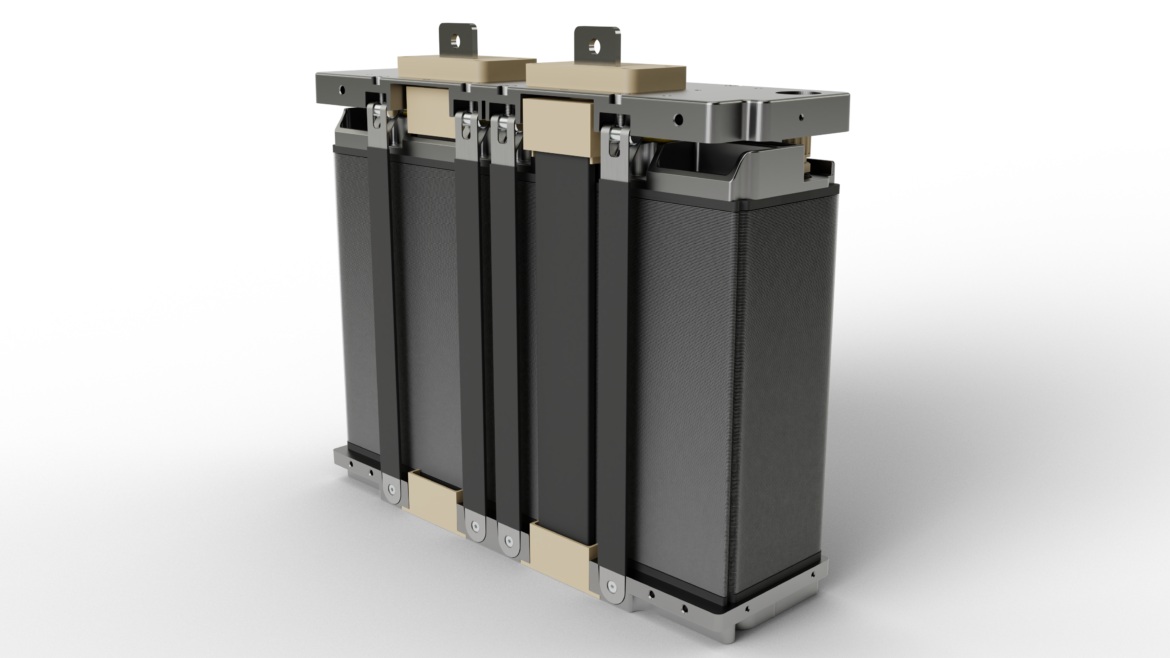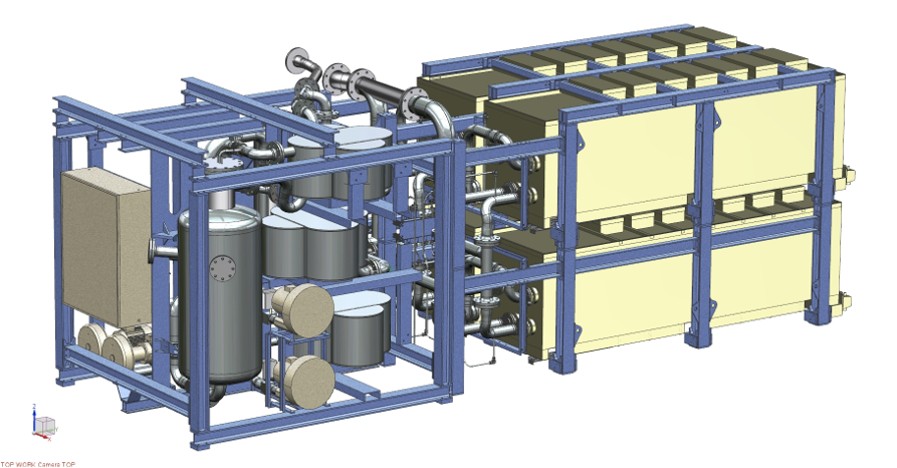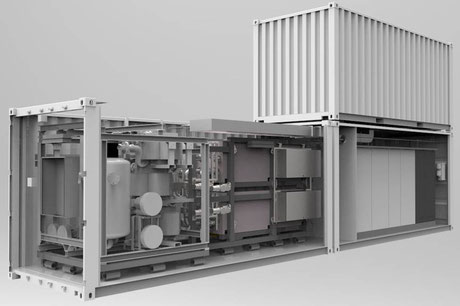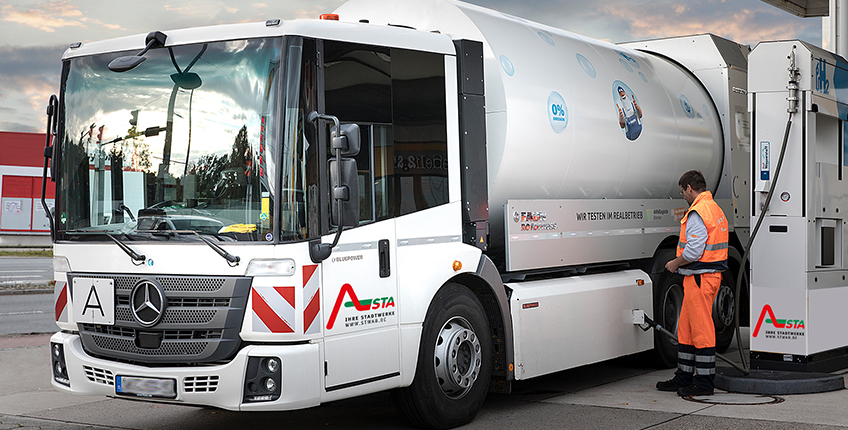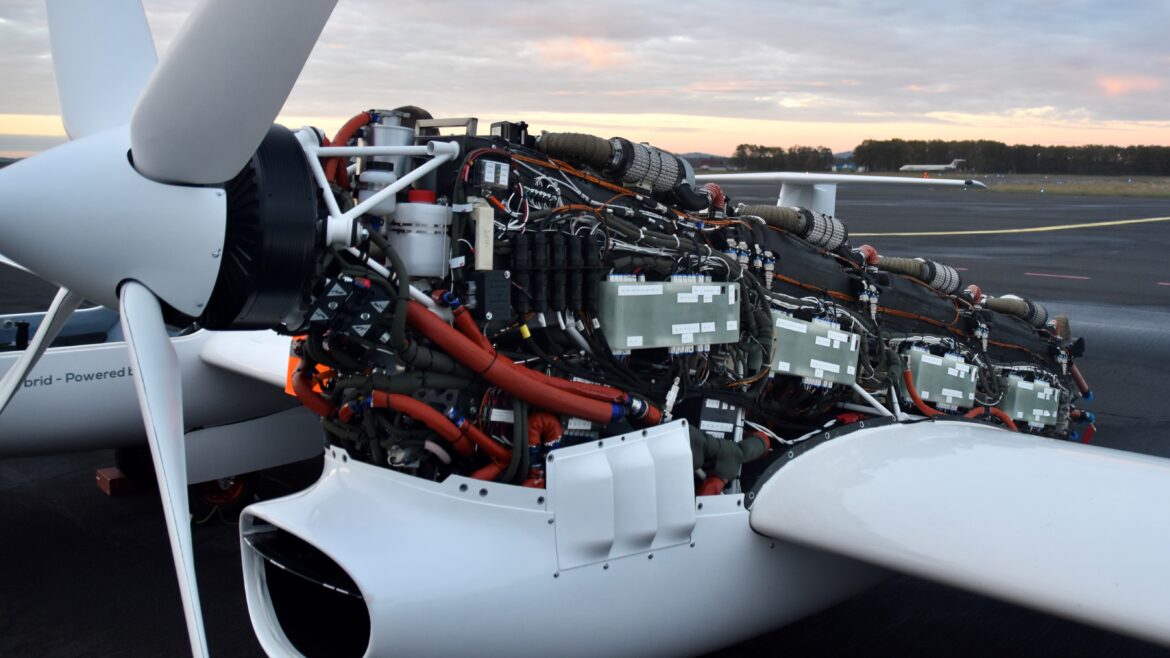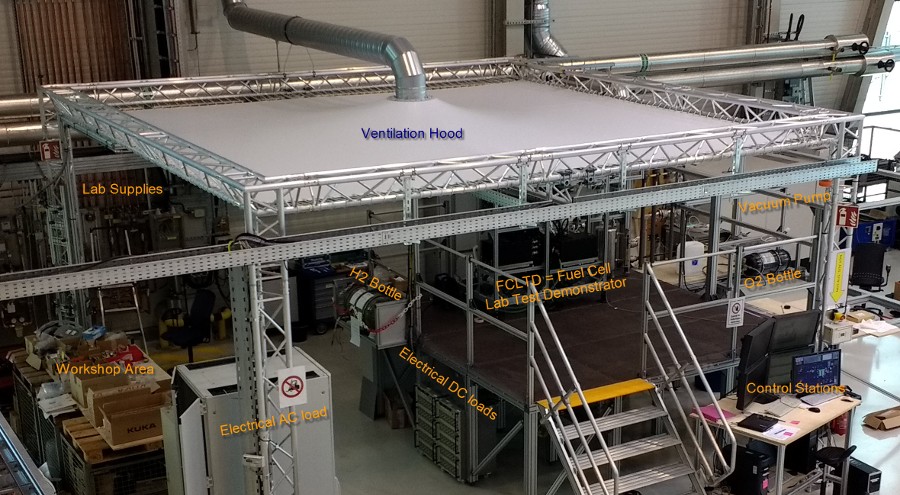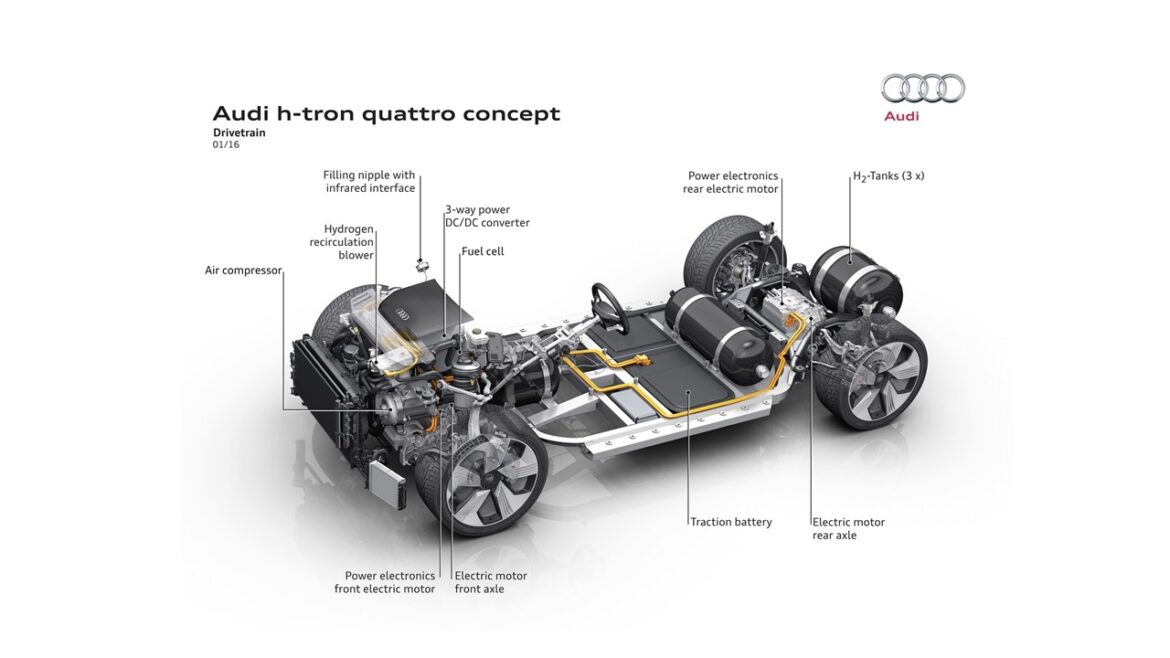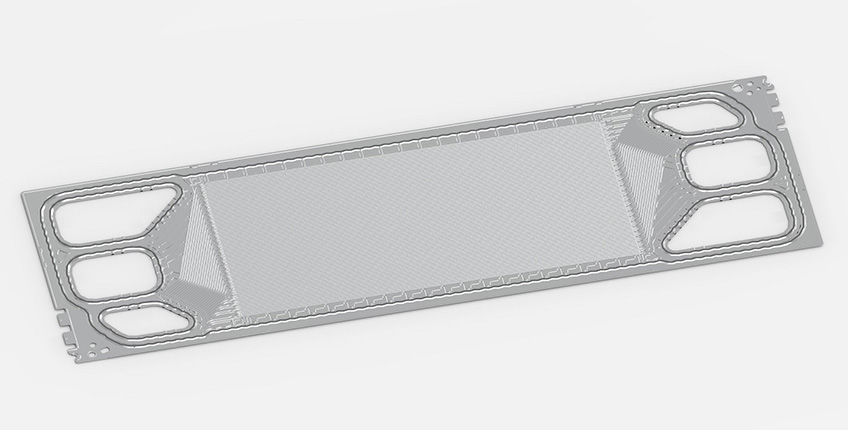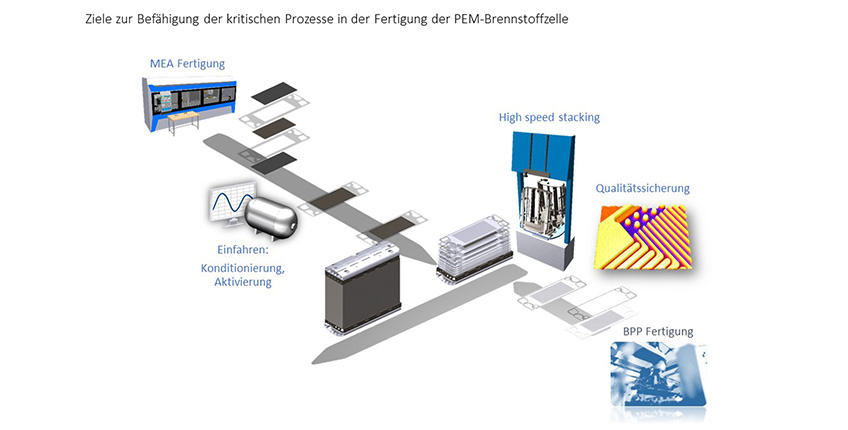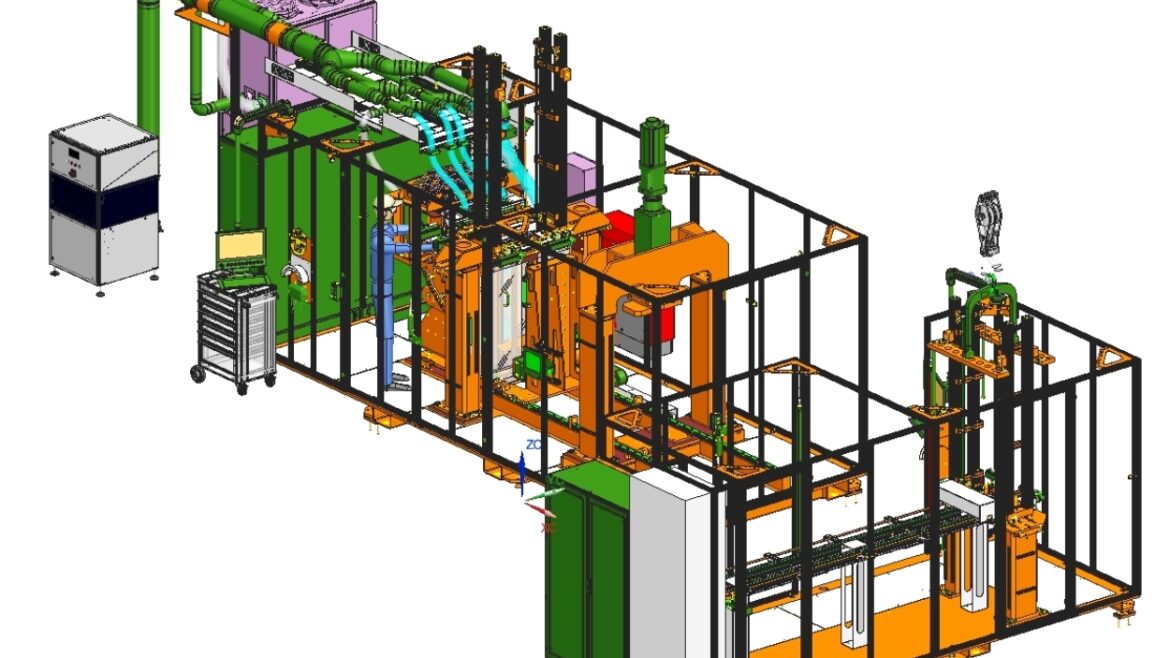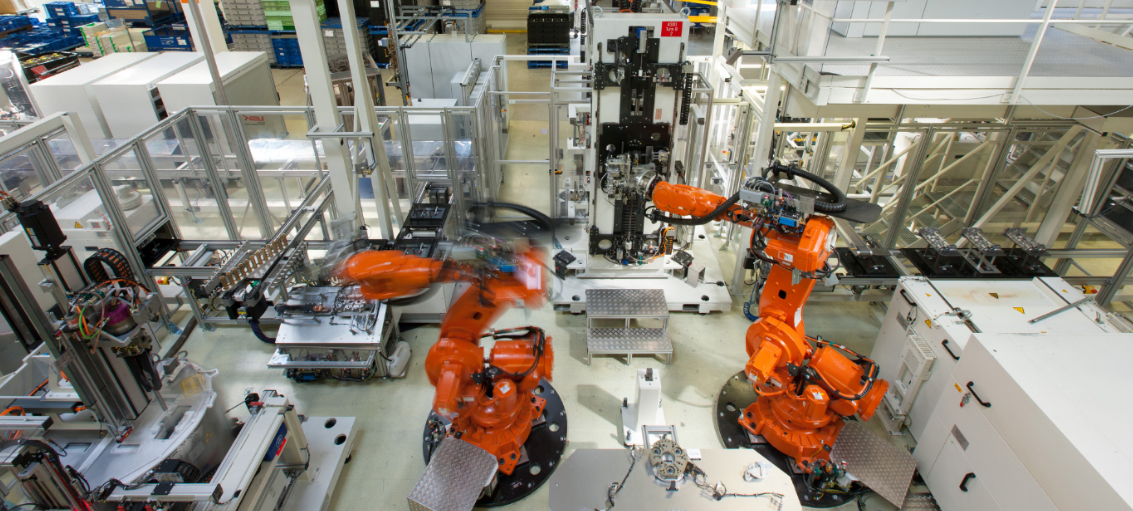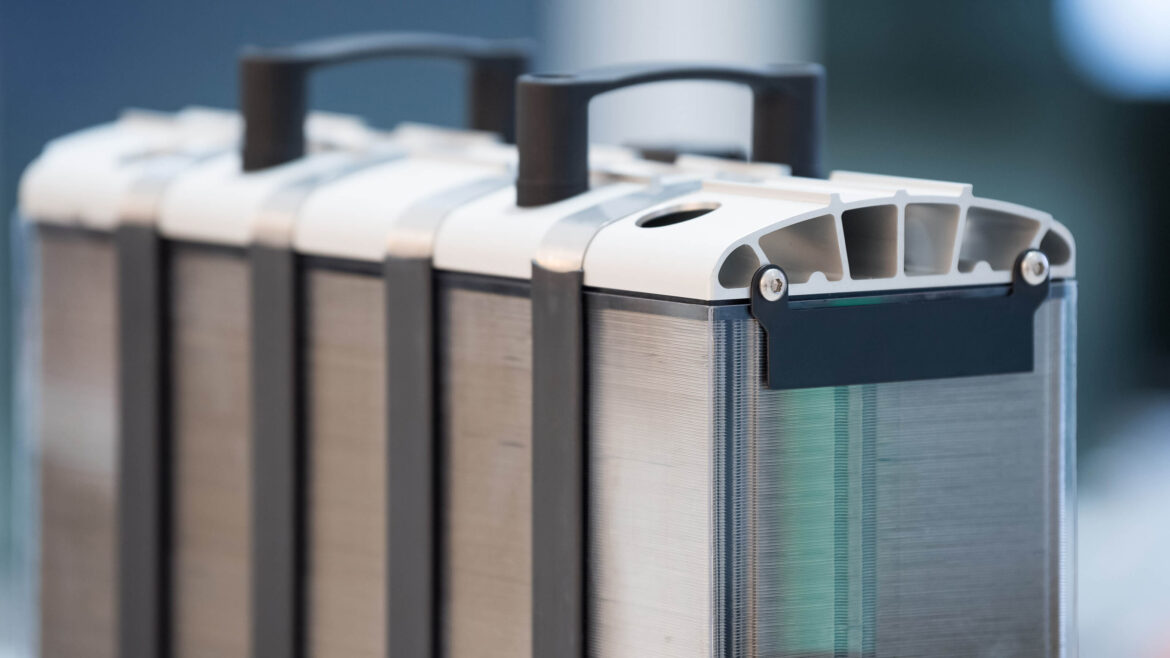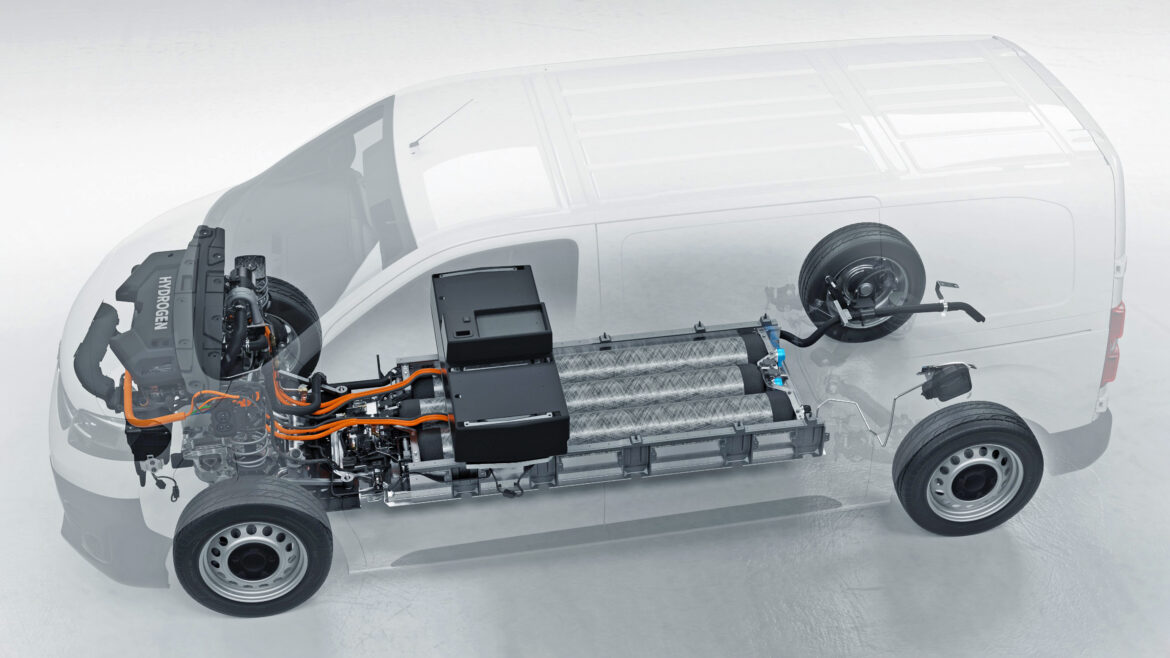The central element and heart of any fuel cell system is the fuel cell stack. The stack consists of repeating single cell components and the so-called “Balance of Stack” (BOP) components. To bring the cost of fuel cell systems to a level suitable for series production, the technology must be brought to market in larger quantities in order to exploit the corresponding economies of scale. To achieve this, developments in the area of general stack development and manufacturing technology for individual components, as well as for the stacking of individual components, must be driven forward.
To achieve these goals, it is necessary to further develop the manufacturing technologies, to adopt new processes and develop components as well as the stack taking the aspects of industrialization and mass production into account.
Besides the general development of the stack, innovative operating strategies must also be investigated and developed in order to realize higher efficiencies and system lifetimes. In addition, the fuel cell places high demands on thermal management system, which is why cooling circuits and their components are also the focus of R&D projects.
In order to create a fuel cell stack from individual fuel cell components, they must be stacked as quickly as possible during the stacking process, but with the highest levels of precision. Research and development projects are concerned with optimizing this complex process and making it suitable for industrial production, as well as with the associated leakage and conditioning tests. There is great potential for optimizing the production process in terms of timescales, costs and resources.
Typical Balance of Stack (BOS) components, such as housings, end plates, media interface units, or the Cell Voltage Monitoring (CVM) are installed only once or a few times per stack, in contrast to the repetitive cell components. Therefore, the cost reduction potentials by scaling the fuel cell production are quite low. Nevertheless, there is great potential to optimize the BOS components in terms of functionality, as well as in regard to material and cost efficiency.
The fuel cell places high demands on the thermal management system since it requires more cooling than a comparable internal combustion engine. Another special feature is the need for special coolants and the number of cooling circuits with different temperature levels, which are required for the stack, power electronics and peripherals. Efficient and intelligent monitoring and control is necessary to ensure that the system delivers the highest possible performance and achieves the maximum efficiencies while avoiding temperatures that are harmful to components.


